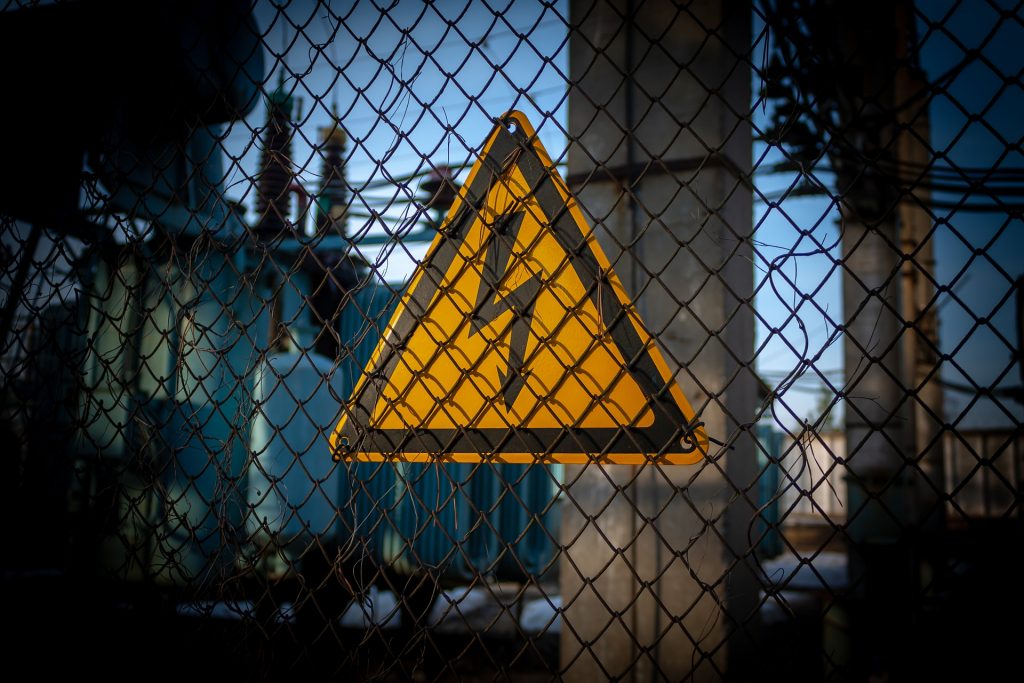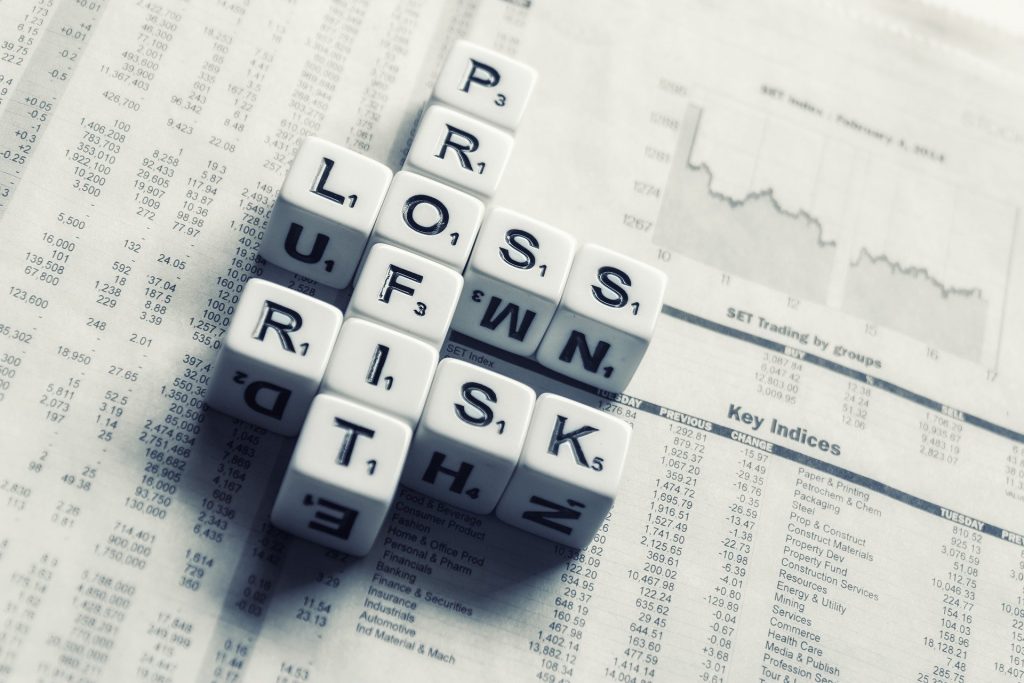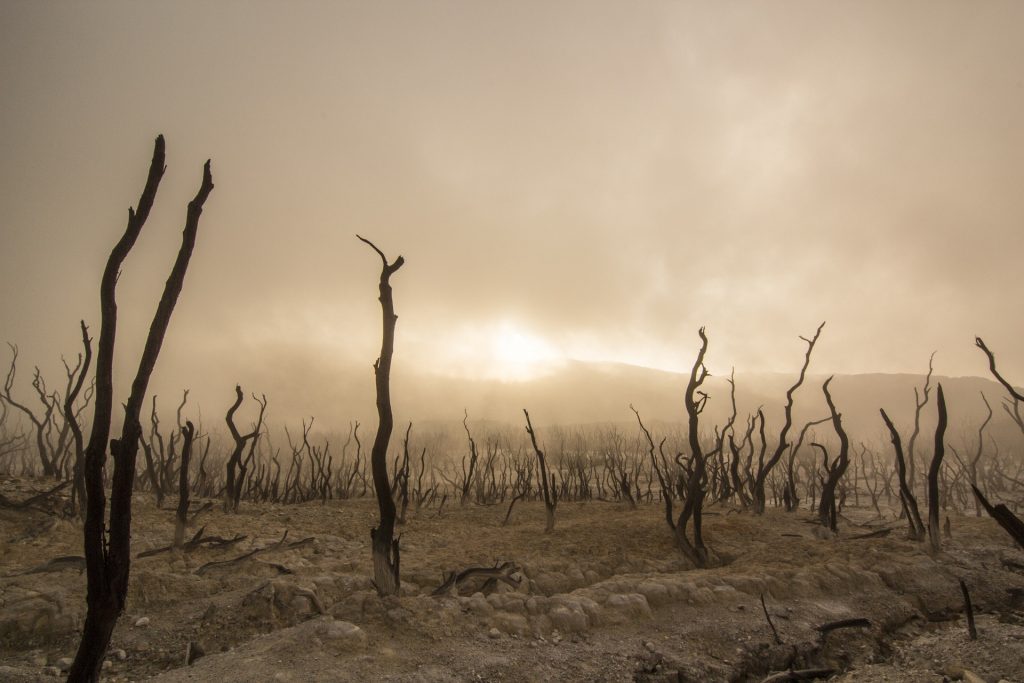Industrial hazards, natural disasters, financial and public health threats

Industrial risk is a result of the manufacture and/or handling of dangerous products and/or processes, which can lead to the outbreak of accidents, with highly damaging consequences for employees, local residents, consumers, property, and the environment. Industrial risks have escalated since the Industrial Revolution due to demographic pressure, innovation and technical progress, etc.
Examples: Chernobyl in 1986, AZF in 2001, Mediator in 2009, Fukushima in 2011, the fire at the Lubrizol plant in Rouen in 2019, explosion in the port of Beirut in 2020, etc.
We study, for example, the prevention of and cover for industrial risks via the allocation of liability to the relevant actors for the accidents caused or via recourse to derivative financial assets (cat bonds, etc.).
Financial risk is inherent to any economic operation involving the risk of loss of financial capital, in particular when making investments or conducting financial transactions (buying/selling assets, selling on credit or in foreign currencies, etc.). Since the 70s the extent of financial risk has increased due to the progressive financialization of the economy
Examples: the Great Crash of 1929, the petrol shocks in 1973 and 1979, the Kerviel affair in 2007, etc.
More broadly, financial risk encompasses any loss that can be measured in monetary units. Thus, when we look at the economic consequences of a natural disaster or health crisis, such as COVID-19, we must also consider the issue of economic and financial losses.


The concept of natural hazard covers all the threats that certain natural phenomena and hazards pose to populations, structures, and equipment. Natural hazards are becoming more and more frequent and entail increasingly significant damage, particularly due to the effect of climate change.
Examples: the drought of 2003, hurricanes (Andrew 1992, Katrina in 2005, Irma and Maria in 2018, Dorian in 2019), wildfires in Australia during the Austral summer of 2019-2020, etc.
BETA’s research in this area focuses, for example, on the coverage and management of natural risks in forests (prevention, adaptation, insurance).
Public health risk is an immediate or long-term risk presenting a direct threat to the health of the population, requiring an appropriate response from the health system.
Examples: : infectious risks which can lead to infection of the population (Ebola, flu pandemic, COVID-19…).
We analyse in particular the securitization of operating losses within the framework of pandemic risk management.






